Marquis Broadcast has expanded its range of integration services, and upgraded its systems to cope with complex workflows around third-party products.

Disaster recovery and business continuity are always important considerations, but especially now as so many broadcasters have been forced to deal with a rapid move to home working. However, upgrading systems for remote working, streamlining workflows across a multi-site enterprise or enabling production sharing often requires complex integration. To address this, Marquis Broadcast has expanded its range of integration services, and upgraded its systems to cope with complex workflows around third-party products.
For example, Marquis delivered a recent project for a large broadcaster that involved creating a new voiceover tool to enable vocal scripts to be recorded remotely and sent to shared storage without needing to take up valuable engineering resources (studio or sound recordist). The actor would sit in a voiceover booth and simply talk through the script, which was displayed on a screen in front of them. They press ‘start’ and the named files get saved and pushed back to the shared storage/MAM system.
Many of Marquis’ products have been revised recently. Postflux, for Adobe Premiere Pro, is a platform that improves the archiving, versioning, integrity, security, performance and sharing of Adobe Premiere projects in extended workflows. It has now been updated to support additional project types, including Premiere Productions, and supports multiple transfer engines, allowing it to perform multiple simultaneous transfer tasks. When configured to use multiple servers, this speeds up processing, delivering the same visible process for users but at much greater speeds.
Both Postflux for Premiere and Project Parking for Avid come with remote working features. These enable protection of work-in-progress and can externalise projects for remote working, allowing editing to continue in any location.
The latest versions of Marquis Broadcast’s Avid-certified Project Parking and Workspace Tools provide native support and full functionality with the new Avid OP1A workflows. They integrate with Avid Nexis | Cloudspaces, accessed via the Avid connection client, letting users free up Nexis storage space and backup or park projects in the cloud. Avid Nexis | Cloudspaces operates as though it’s another workspace on the local Nexis system, making it simple for disaster recovery, workflow sync and backup to the cloud.
Project Parking can be combined with secure low-cost LTO, such as the XenData X1 archive appliance or Disk Archive Corporation storage, offering a powerful archiving system for Avid shared storage management.
Marquis Broadcast’s Edit Bridge, which integrates Premiere Pro editors and After Effects artists within Avid Interplay PAM or Media Central Production Management environments, has been updated to support multiple Interplay connections. The latest version can now handle larger systems, with faster, more flexible searches across the Interplay PAM database. Adobe users have complete access to the Avid Interplay environment, with simple search, browse and publish panels providing users with greater flexibility in how they access Avid assets.
The digital workflow offered by Marquis Broadcast’s Medway middleware has been expanded to allow the Medway Engine Web Service (MEWS) to run in cloud compute services, hosted in Azure and AWS Cloud. Medway and MEWS allow cloud users to integrate with legacy ground-based infrastructure using its large library of off-the-shelf API-based integrations. MEWS enables in-cloud media processing and partial file retrieve, which improves egress speed and reduces data transfer costs. This hybrid cloud workflow enables relinking, integrating and archiving of Avid assets – both ground and hybrid cloud-based – especially useful when exchanging sequences between a main facility and remote editors.
Medway also allows the export of sequences from all Avid platforms without requiring them to be flattened/conformed in Avid. This allows generation of genealogy information on a sequence, describing the content used in a sequence before exporting and flattening to a single output file. This information is used by external MAMs to track asset usage and rights management. A new web-page-based Medway client has also been introduced, allowing IT managers to control and monitor transfer processes, rather than accessing via the Medway client.





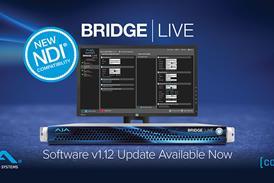


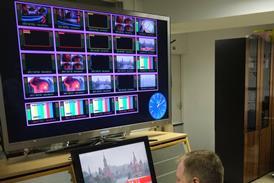


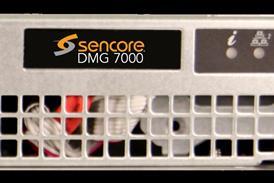
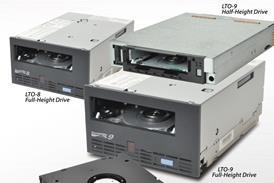
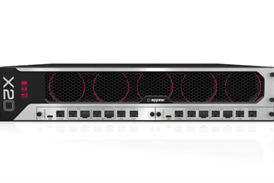


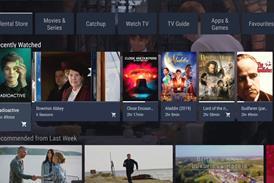


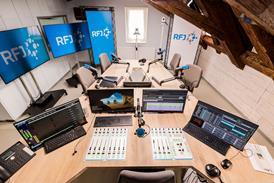













No comments yet